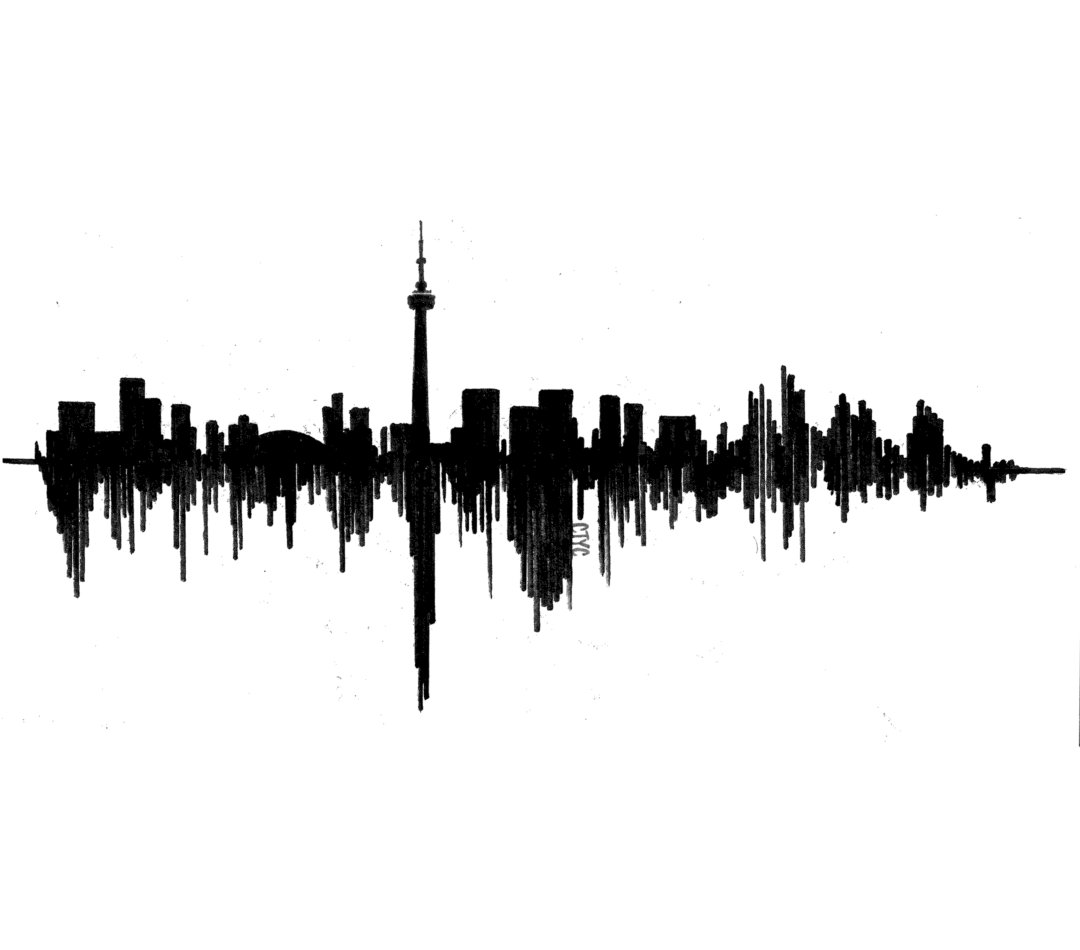With Drake and The Weeknd dominating the charts, Tory Lanez carving out significant space for himself in the industry, and B-listers like Jazz Cartier, Roy Woods, and Killy rising on YouTube and SoundCloud, it’s easy to get carried away with pride for the music coming out of Toronto. But if our city is ever to be side by side with the likes of New York, Atlanta, LA, and Chicago as a cultural centre of hip hop, it’s going to need to diversify.
At least in the beginning of a city’s musical evolution, it’s crucial to have a sound. For New York, this was boom bap in the ’70s, buoyed by artists like KRS-One, who coined the term, and driven further into the ’90s by prolific figures like Nas. For Los Angeles, it was G-funk in the ’90s, guided by Dr. Dre’s greasy bass lines and funk-inspired synths, combined with Snoop Dogg’s effortless and relaxed delivery. Toronto is in an evolutionary period itself, but it’s starting to get boring.
Drake’s sing-rap style, along with Noah “40” Shebib’s atmospheric production on songs like “Hold On, We’re Going Home” and “One Dance,” redirected hip-hop to ballad romances, dancehall, and more introspective themes. This was a needed change. With the rise of The Weeknd following in Drake’s footsteps of emotional introspection, Toronto has added drug-addled sex and depression to the list of topics that artists are exploring in hip-hop and R&B.
The hardships of romance, the human ego, and the widespread abuse of drugs and alcohol that artists seem to be aware of but rarely make efforts to change are almost the entirety of Toronto artists’ subject matter. This is hardly unique in hip-hop. Toronto, however, delivers these themes in a melancholy drone, usually framed around suspicion of peers and an ever-creeping sadness.
If we were to characterize Toronto’s production, it would be by a diehard love of minor keys, ambient synths, and heavy reverb on vocals. The emphasis is on the words; the instrumentals take a backseat. Shebib personally likes to muffle drums for segments at the beginning of verses, a great indicator in any track that Drake is about to talk about his ‘tings.’
Piano is common in Toronto production, but it’s often so far in the background or so layered with effects that it hardly resembles the original instrument. We borrow our sharp trappy snares and rattling hi-hats from Atlanta; sometimes R&B artists will trade these for dancehall-style beats.
This is a style unique to us, one with a lot of artistic merit and definitely worth pursuing. But like all great bearers of music culture, Toronto must evolve to maintain its relevance.
Roy Woods is essentially a lyrically deficient version of The Weeknd, and the even lesser-known anders a rehash of Woods. Tory Lanez has a particularly interesting soft-to-aggressive vocal range that he uses to great effect on “Fallback” and “B.L.O.W.,” but listen to the instrumentals on either of these and you’ll hear the same drowned piano and trap influence.
Cartier and Killy deserve some credit for their willingness to experiment, but they fall in a similar trap. Cartier’s producer, Lantz, has developed an orchestral trap beat style that almost won Cartier a XXL spot, and an unreleased Killy song, tentatively titled “No Sad Days in LA,” has soaring, razor sharp guitar riffs and furiously satisfying bars. The two boast a similar energy to Lanez and a tasteful use of autotune, but they nonetheless fail to escape the gravitational pull of our attachment to minor keys and similar drum beats.
This isn’t to say these artists are identical or not worth listening to. Nor is this a call for New York boom bap revival — which Joey Bada$$ did, and is done. The problem is that every new Toronto artist who releases music along the same lines of sing-rap and emotional crooning limits our chances of raising the next Chance the Rapper, Anderson .Paak, or Kanye West. There is more musical space to explore, and the market exists for it, yet Toronto artists seem afraid to do so.
Rare is it to hear jazzy dissonant chords in Toronto instrumentals, and yet Mac Miller’s “Dang!” was well received for it. Any vocal styles other than melodic singing — and slightly more aggressive melodic singing — are for the most part shunned by Toronto artists. Yet Chance the Rapper is one of the biggest stars of our generation. Goldlink also employs one of the more interesting vocal techniques in the industry today, and his single “Crew” was recently certified platinum. Anderson .Paak borrows from soul, disco, and jazz, and was nominated for two Grammys. Run the Jewels produced a whole album with only cat noises and vocals. What exactly is our excuse?
The demand for new and revolutionary material never ceases. Toronto consumers are not lovers of just Toronto hip-hop, but hip-hop in all its flavours. There’s no reason we should limit our palate to one or two.


